PETALING JAYA, June 30 — You have to arrive here well before lunchtime if you want to avoid a snaking queue, the sort that builds up at a Pokémon collectible launch or a Michelin-starred ramen-ya in Tokyo... or at a very good nasi kandar stall.
Indeed, the line is starting to wind around the medan selera (food court) and getting longer by the minute.
A pair of students in front of me are tapping away sullenly at their smartphones while a gaggle of office workers are behind me, gabbing away happily in Malay and Cantonese.
Looks like we got here just in time.
We haven’t been back to Zainul Nasi Kandar in a while. The pandemic years and various lockdowns had meant we rarely ventured far out of our neighbourhood.
But all that has changed now as everything has opened up again. Even in our taman, we have noticed more shops opening, new ones to replace the old ones that had to shutter during the lockdowns.
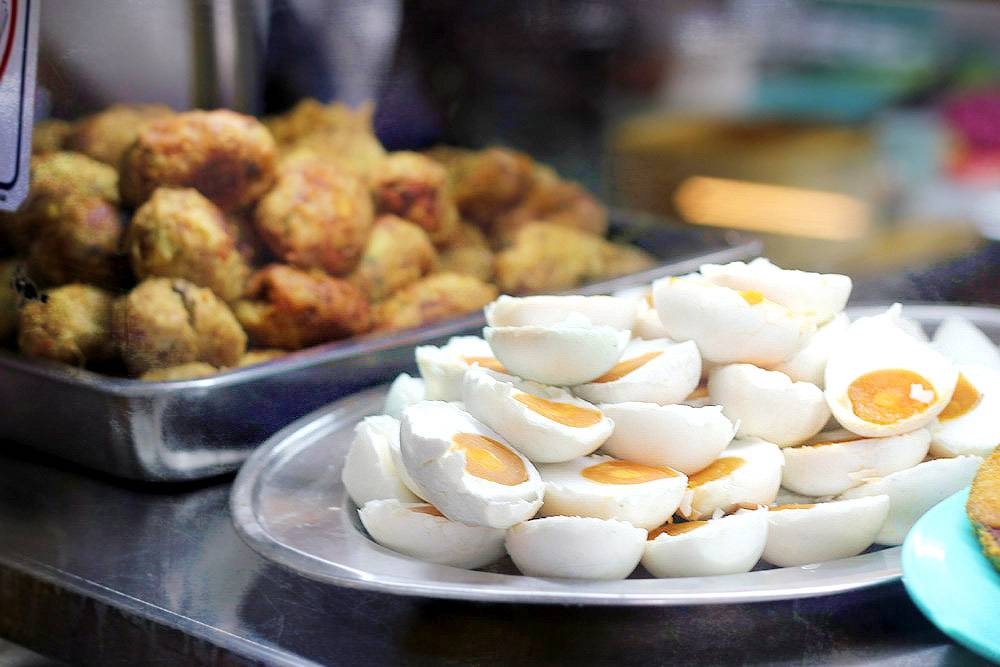
Not every business makes it — the F&B (food and beverage) industry is notoriously challenging, with razor-thin margins and a fickle clientele but that’s the way it is.
Judging by the queue though, Zainul Nasi Kandar’s customer base isn’t fickle at all. If anything, they are loyal to a fault.
For the regulars, this stall (No. 9 in the medan selera, housed inside MBPJ Kompleks C) is a dependable, go-to destination for nasi kandar.
And what a stellar specimen of nasi kandar this is!
A plate of hot, steamed rice (almost mountainous in its proportions); a large chicken thigh, fried to perfection; a chunky bergedil, chockful of fried mashed potatoes; two or three curls of okra; and the must-have manna of the kari campur, a heavenly union of different curries, proof that the whole is greater than the sum of its parts.
You’d be hard pressed to find a better plate of nasi kandar outside of Penang, from which the dish originates, in PJ.
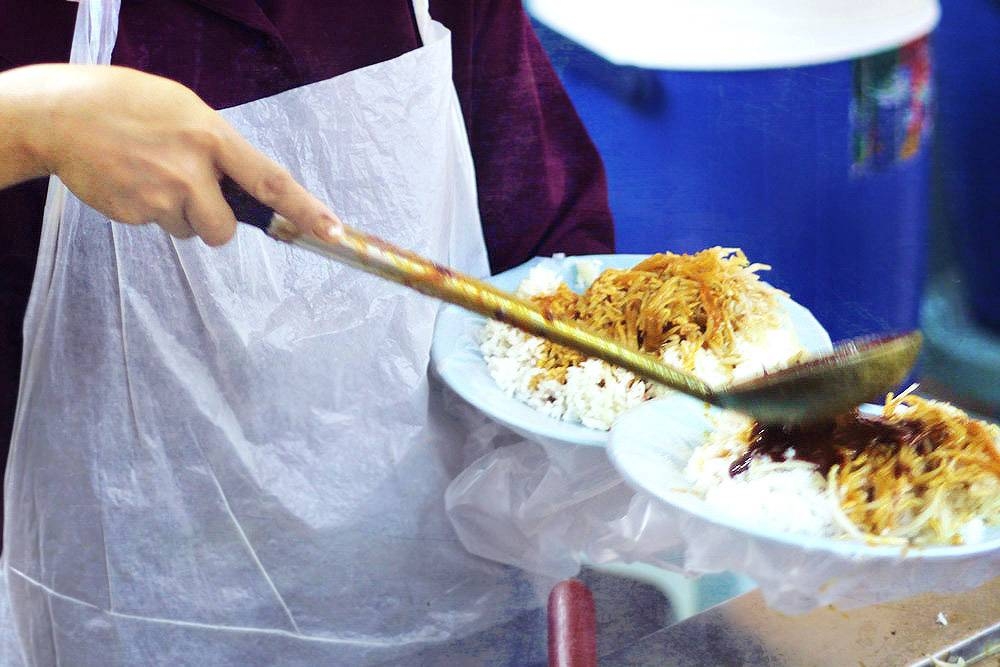
(As a matter of fact, Zainul Nasi Kandar’s signage subtly but proudly declares its provenance, with "Pulau Pinang” as a discreet but visible subtitle beneath the shop’s name.)
For it is in Penang that the nasi kandar originates. The name comes from the mealtime purveyor to workers in construction sites in the 1800s, the always welcome sight of the nasi kandar man.
Balancing the mangrove pole (or the kandar) upon both shoulders, with a heavy pot carried in a basket at each end, he would set them down once he had reached his customers.
From one pot, plate after plate of hot, steaming white rice. And onto these plates, ladles of spicy curry and meat from the other pot. Scoop, ladle, repeat.
It would have been quite a sight to behold: the amiable silence of hungry workers eating their lunch, carefully manoeuvring every grain of curry-soaked rice by hand. The taste of nasi kandar back then, centuries ago, was the taste of simple contentment.
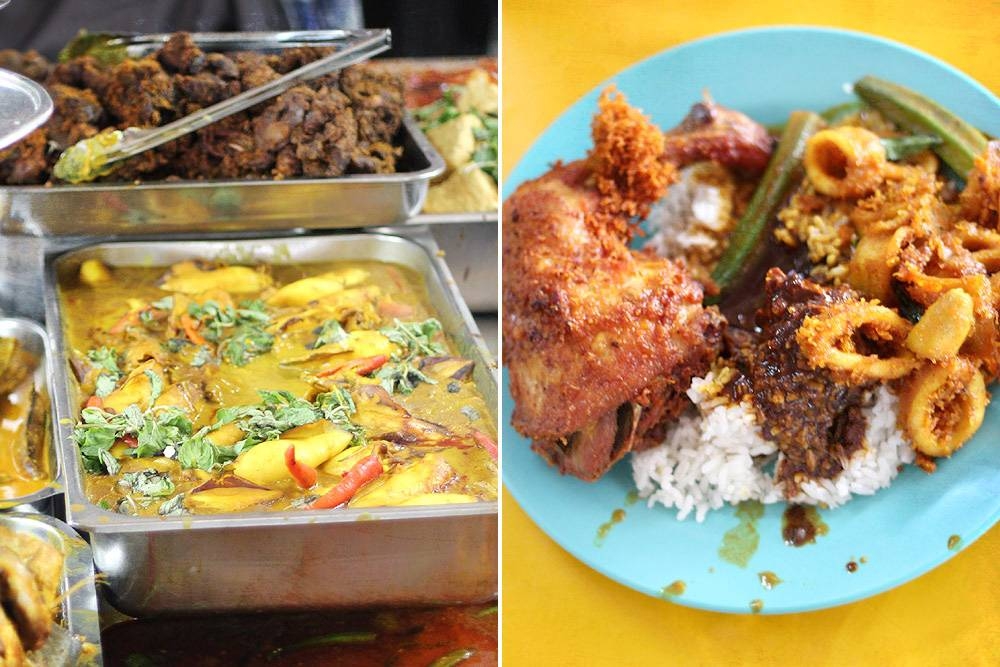
As it is today.
Sure, there are some changes. Gone are the kayu kandar — the iconic pole that gives the rice dish its name — as well as the sight of the nasi kandar man.
But there is still nasi kandar, and fantastic ones too. For when we reach the end of the queue, we discover countless choices of delicious dishes; the effect is not unlike finding a pot of gold at the end of the rainbow.
There are fried chicken and fried fish roe. The former, labelled as Ayam Goreng Istimewa, is a must-order, crunchy and tender.
Depending on when you reach the front of the queue, this might be freshly fried; you’d know it when you tear into one with your fork and steam escapes!
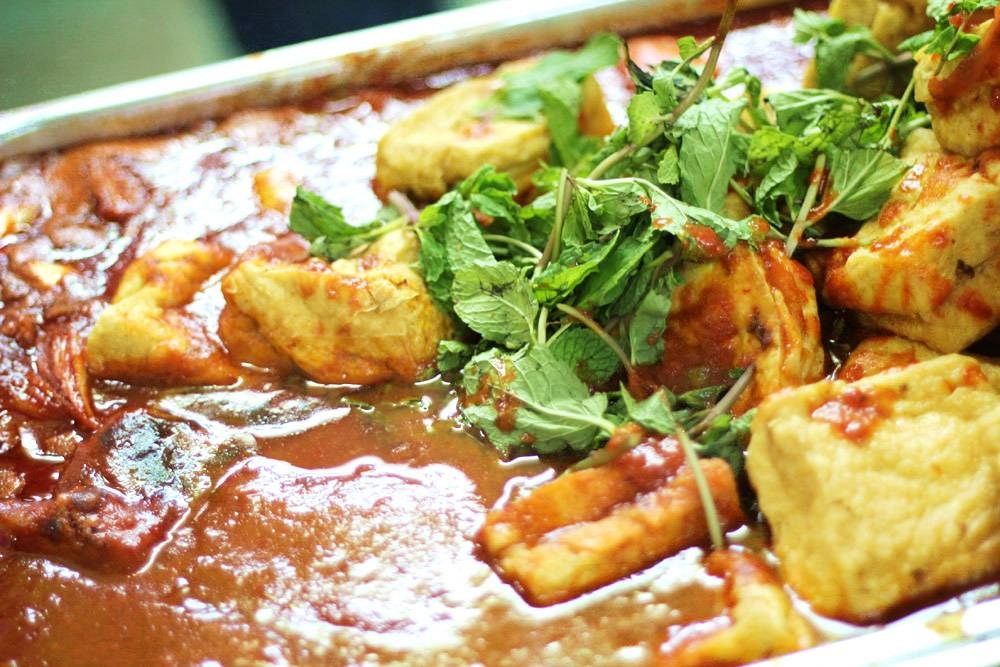
Beef curry, mutton curry and fish head curry. Spicy okra and daging masak hitam (sweet beef caramelised in dark soy sauce). Telur masin or salted eggs.
The early birds get the sotong goreng (fried squid), fresh from the hot oil, before they run out. They taste better than any calamari you might have had, so no wonder they go so fast.
There is tauhu manis, blocks of fried tofu in a sweet-spicy sambal gravy, garnished with some fresh mint leaves.
Kari ikan (fish curry), made with tenggiri (Spanish mackerel), senangin (fourfinger threadfin) or bawal (pomfret), depending on the day’s catch.
We make our choices and the server adds them to our plates, not forgetting to flood the mounds of rice with a generous splash from every curry pot. The mix is messy and tastes marvellous.
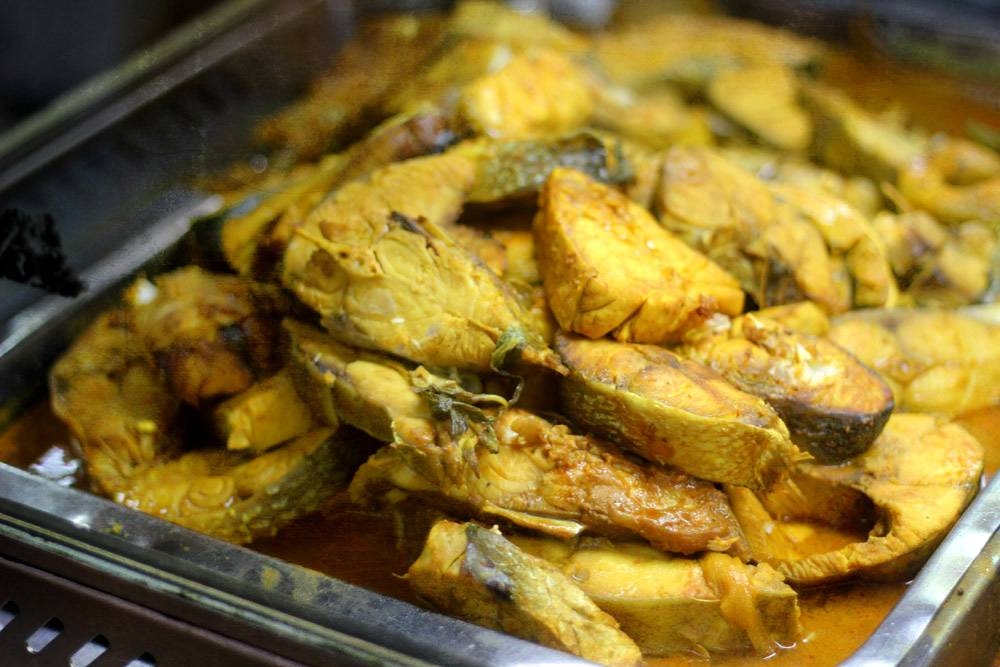
Nasi kandar used to feed the poor workers, famished for a quick but filling meal. Today it is a feast for everyone.
At Zainul Nasi Kandar, this culinary and cultural wonder still draws crowds from all walks of life.
We come for the inimitable taste of nasi kandar, with its diverse dishes and harmonious blend of curries. We come to sup on the taste of simple contentment.
Zainul Nasi Kandar Original
Stall No. 90, Medan Selera Kompleks C, Lorong Sultan, Petaling Jaya. Open daily 8am-5pmTel: 03-7956 2724
For more slice-of-life stories, visit lifeforbeginners.com.






















